Just how agile are you within your business?
How flexible is your leadership style, and is it enabling you to lead your people appropriately & successfully in any situation?
Now we’re not talking about that promise you’d made yourself to hit the gym in January!
Our challenge is about how flexible your leadership style is, and is it enabling you to lead your people appropriately and successfully in any situation?
We tend to look at leaders with a two dimensional, black or white view – are they a commanding “do as I say” kind of leader, or perhaps a teaching and developing coaching leader? The truth is that every leader must be multi-dimensional and able to work out which approach will work best in any given situation and apply it successfully.
Leaders for 2022 and Beyond
A modern leader needs to be emotionally intelligent enough to pick up if one of their team is struggling with their workload and assess whether it’s a will or a skill issue. Then they also need to be assertive enough to tackle any issues head-on with sensitivity, but also courage to make the toughest decisions with integrity and honesty.
So, hoorah for Situational Leadership, not a new concept by any means, but one which is successful in navigating the rapidly changing demands on businesses requiring agile, flexible, perceptive and responsive leaders, who can adapt their style to the situation at hand.
There are a number of Situational Leadership models available to use as examples, but let’s go with Daniel Goleman’s Theory.
Daniel Goleman is the author of Emotional Intelligence, and he defines six styles within Situational Leadership®: Coaching, Pacesetting, Democratic, Affiliative, Authoritative and Coercive.
Coaching leaders, who work on an individual’s personal development as well as job-related skills. This style works best with people who know their limitations and are open to change.
Pacesetting leaders, who set very high expectations for their followers. This style works best with self-starters who are highly motivated. The leader leads by example. This style is used sparingly since it can lead to follower burnout.
Democratic leaders, who give followers a vote in almost all decisions. When used in optimal conditions, it can build flexibility and responsibility within the group. This style is, however, time consuming and is not the best style if deadlines are looming.
Affiliative leaders, who put employees first. This style is used when morale is very low. The leader uses praise and helpfulness to build up the team’s confidence. This style may risk poor performance when team building is happening.
Authoritative leaders, who are very good at analyzing problems and identifying challenges. This style is good in an organization that is drifting aimlessly. This leader will allow his or her followers to help figure out how to solve a problem.
Coercive leaders, who tell their subordinates what to do. They have a very clear vision of the endgame and how to reach it. This style is good in disasters or if an organization requires a total overhaul.
Each of these styles on its own has its advantages and disadvantages, and if someone leads within one of these styles, it would not necessarily make a bad leader. For example, if a last-minute change to the budget is required, a leader who applies coaching to every situation might struggle to get the decisions made quickly. An authoritative or coercive style would reach the objective with more success. However, the next day a new member of the team may need to write a presentation for the CEO.
An authoritative style is not going to get the best experience for that individual or enable them to develop their skills, whereas a coaching style would provide an opportunity for learning and growth.
Becoming more agile
Navigating the stormy waters hitting the sides of organisations these days requires a captain at the helm with every tool on board, one who knows how to implement them and when, depending on the conditions.
But where do these captains come from?
How can we ensure we have an organisation where we are creating these versatile individuals for the future?
As with most of our articles at ProAction we ask you to start with yourself, be aware of your own culture, what are you setting the example of being, and be self-aware on a personal and organisational level. Then re-examine to see what you are currently creating for the future, and what may need to change.
There are training courses, assessments and coaching tools which will teach your managers about their own style as well as the styles and skills they might want to develop, and how to do it.
Here are a few tips to focus for developing agile leaders within your organisation:
Reward openness and curiosity.
Encourage managers to approach every situation as a leader by assessing it with new eyes and applying the right style.
Remind them that just because they handled something successfully one way today, it doesn’t mean that’s the right way to approach it tomorrow.
Perhaps most importantly, use these opportunities as learning experiences and if mistakes happen, review how they could have done it differently.
We would love to talk to you more about helping your managers become more agile, responsive
and ready for any challenge that gets thrown at them next.
Email us at info@proaction-hr.co.uk or book a discovery call.


